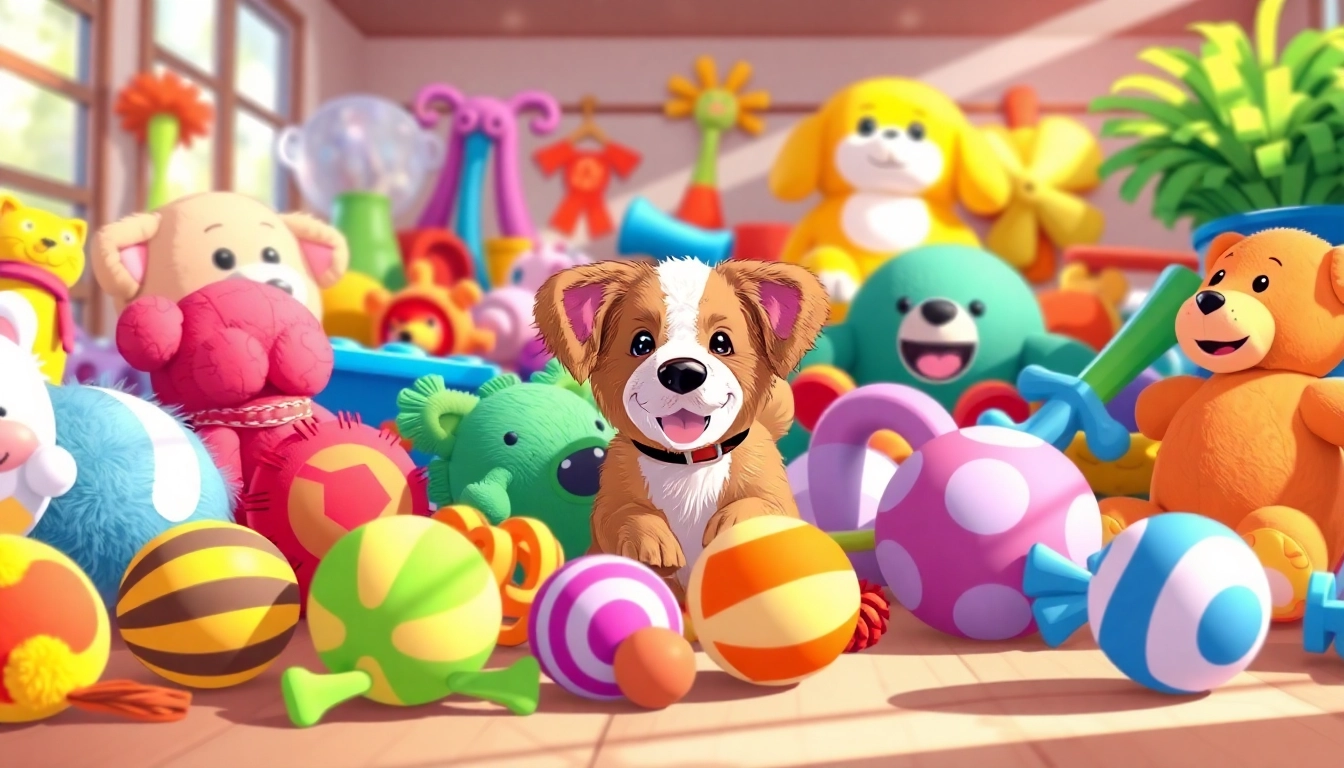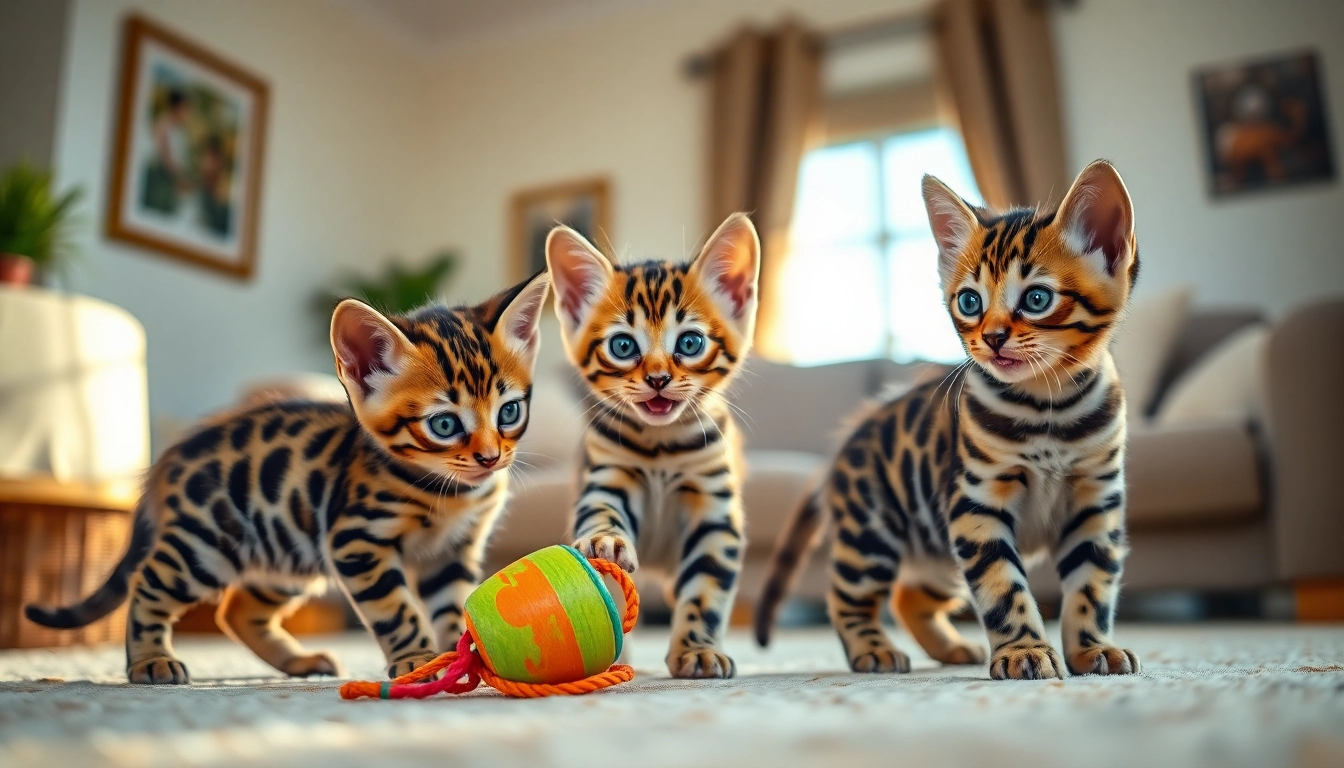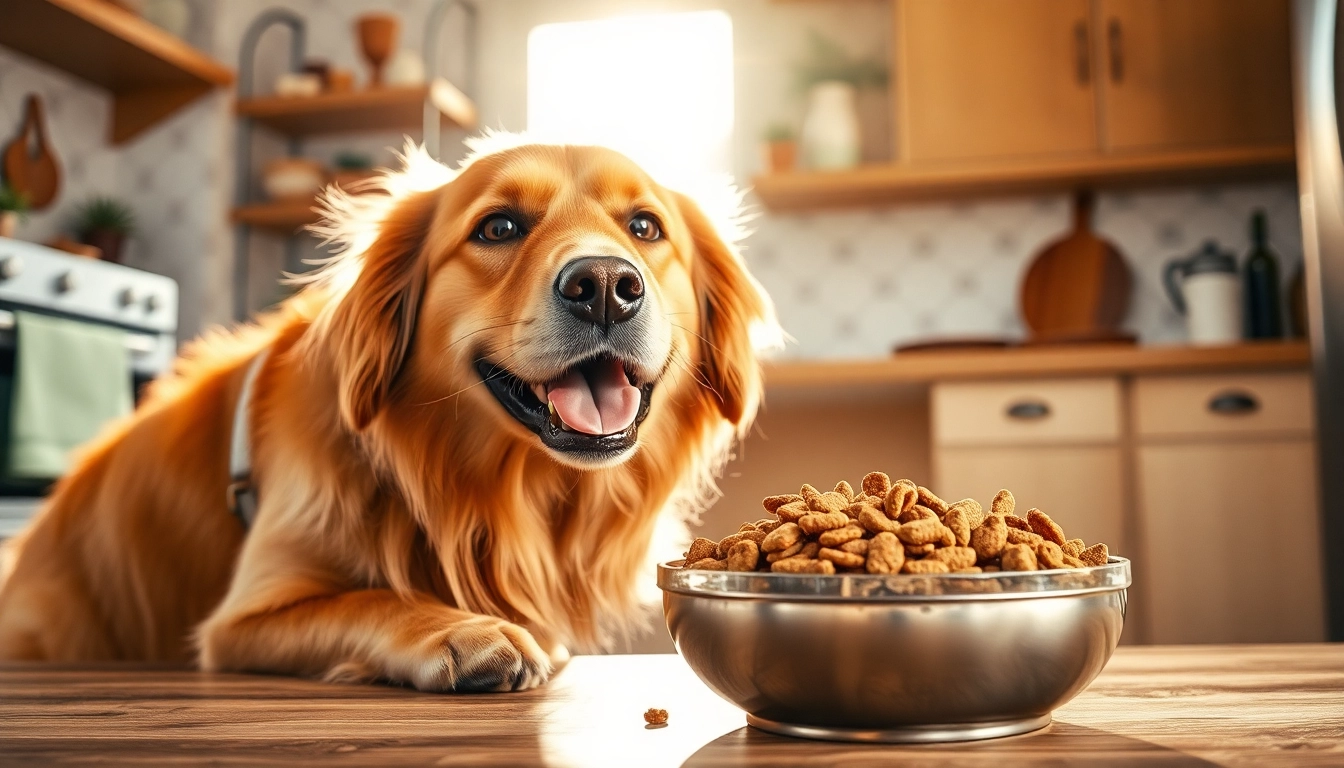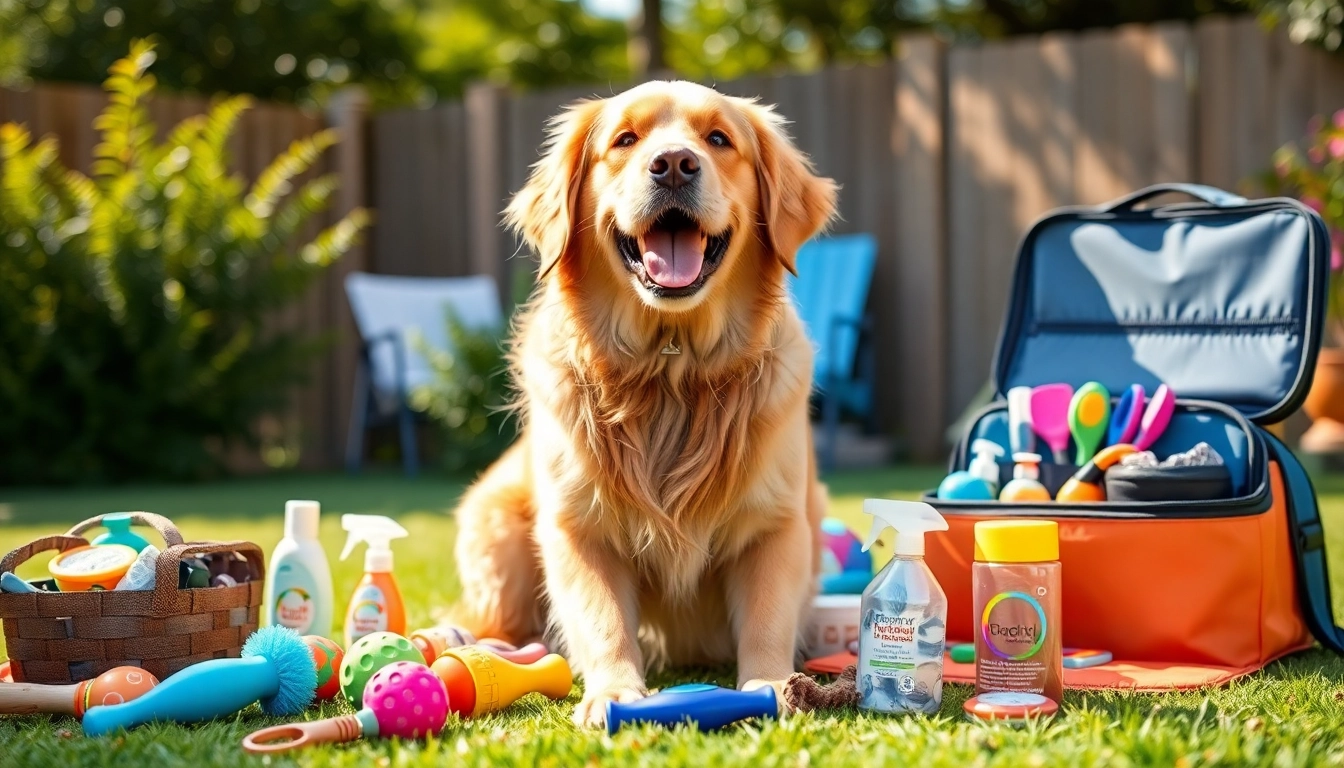Understanding Different Types of Pet Toys
Every pet owner wants to ensure their furry friends are happy and active, that’s why pet toys play a crucial role in their lives. With such a vast selection available on the market today, understanding the different types of pet toys and what benefits they offer is essential for making informed choices that enhance your pet’s quality of life. In this section, we will delve into various types of pet toys, focusing on their unique features and advantages.
1. Chew Toys: Benefits for Dental Health
Chew toys are among the most popular types of pet toys, particularly for dogs. These toys serve multiple purposes: they not only entertain pets but also promote dental health. Chewing helps to remove plaque and tartar build-up, reducing the risk of dental disease.
Many chew toys are designed with specific textures and materials to engage your pet’s chewing instinct. Some are infused with flavors that stimulate chewing, making them appealing to pups. Additionally, certain chew toys are made from durable materials designed to withstand aggressive chewers, ensuring longevity and value for your investment.
Products like the KONG Classic are outstanding examples, crafted from strong rubber that can withstand intense chewing while providing a bounce that keeps pets engaged. Whether you’re choosing simple rawhide chews or complex interactive toys, it’s important to select options that are safe and appropriate for your dog’s size and chewing habits.
2. Interactive Toys: Stimulating Your Dog’s Mind
Interactive toys are specifically designed to challenge your pet both mentally and physically. These toys often involve puzzles that require the dog to solve problems to access treats or hidden components. The stimulation provided by these toys can help prevent boredom-related behaviors like chewing furniture or excessive barking.
For instance, puzzle feeders can turn mealtime into an engaging activity that slows down fast eaters, promoting healthier eating habits along with mental engagement. Toys that require pawing, nose nudging, or even jumping are excellent for keeping your dog active and healthy.
Moreover, interactions with these toys can enhance the bond between you and your pet. As they successfully solve puzzles, dogs may naturally gravitate towards rewarding behaviors, fostering obedience and reducing anxiety.
3. Plush Toys: Comfort and Play
Plush toys provide a sense of comfort to pets, often replicating the natural prey they may instinctively seek out. These toys come in various shapes, sizes, and designs, from adorable stuffed animals to squeaky toys that offer auditory stimulation.
While many dogs will destroy plush toys quickly, others form strong attachments to them, using them as companions during nap time or anxiety-inducing situations. When opting for plush toys, look for those with reinforced seams and non-toxic materials to ensure they are safe and durable.
Brands like Tuffy’s and ZippyPaws offer plush toys built with durability in mind, catering to the needs of both strong chewers and pets that prefer gentler play.
Choosing the Right Pet Toys for Your Dog
Selecting the ideal toys for your dog is not a one-size-fits-all process; it requires careful consideration of various factors, including your dog’s size, activity level, and personal preferences. Here are some crucial aspects to think about when choosing pet toys:
1. Size Considerations: Finding the Perfect Fit
One of the most critical aspects of choosing pet toys is ensuring the size is appropriate for your dog. Toys that are too small may pose a choking hazard, while those that are too large can be unmanageable for your pet.
For example, large breeds may have a more robust bite force and could easily destroy smaller toys, while smaller breeds might become frustrated with oversized toys that they cannot handle. Always check the manufacturer’s recommendations regarding size and suitability to ensure safety.
2. Material Safety: Ensuring Non-Toxic Options
The safety of materials used in pet toys is paramount. Always look for toys that are free from harmful chemicals, toxins, and additives. Toys made from natural rubber, organic cotton, or safe synthetic materials are often better choices.
Moreover, consider toys labeled as dishwasher-safe or those specifically designed for cleaning to maintain hygiene. Reading reviews and seeking certifications from organizations that test pet products can also guide you towards safer options.
3. Activity Level: Matching Toys to Your Dog’s Energy
Understanding your dog’s activity level will help you choose toys that will keep them engaged without becoming overwhelming. High-energy dogs benefit from toys that promote physical activity, such as balls for fetch, tug toys, or interactive chase toys.
If your dog is more laid back or prefers slow-paced play, consider puzzle toys or plush toys that can provide comfort alongside gentle engagement. Tailoring the type of toy to your dog’s natural tendencies will foster a positive play experience.
Best Practices for Introducing New Pet Toys
Introducing new toys to your pet can be an exciting but delicate process. A few thoughtful approaches can ensure that your pet embraces their new playthings and benefits from them:
1. Gradual Introduction: How to Get Your Dog Interested
When introducing new toys, take your time. Gradually present them in short play sessions to allow your dog to explore without feeling overwhelmed. Start by letting your dog sniff and investigate the toy before engaging in play to build curiosity and excitement.
Using treats or positive reinforcement can help create a positive association with the new toy, encouraging your dog to interact with it willingly.
2. Supervising Playtime: Keeping Safe During Play
Always supervise your pet during play, especially with new toys. This not only ensures safety but also allows you to observe how your pet interacts with the toy. Watch for signs of frustration or aggression, and if your dog tends to destroy toys quickly, consider safer, more robust alternatives.
In instances where a toy seems to pose a risk, it’s better to remove it and assess whether it’s appropriate for your dog’s play style.
3. Monitoring Engagement: Understanding Their Preferences
Take note of your dog’s preferences regarding toys. Monitoring engagement levels can provide insight into what types of toys they enjoy most. If they seem more interested in chew toys, you might opt for a variety of durable options in the future.
Conversely, if your dog shows little interest after several attempts, consider returning it or donating it to a friend. It’s all about finding what best suits your pet’s personality and behavior.
Maintaining and Cleaning Pet Toys
Just like any other pet item, toys require maintenance and cleaning to ensure they remain safe and hygienic. Incorporating a regular care routine for your pet’s toys can help extend their life while ensuring your pet’s health.
1. Regular Inspection: Spotting Wear and Tear
Regularly inspect pet toys for signs of wear and tear. Check for frayed edges, loose parts, or anything that appears to be breaking down. Damaged toys should be discarded to prevent any choking hazards.
Establishing a quarterly inspection schedule can help maintain your inventory of pet toys and determine which toys require replacing or repairing.
2. Cleaning Tips: Keeping Toys Hygienic
Cleaning your pet’s toys is essential for preventing germs and bacteria buildup. Many plastic or rubber toys can be rinsed in warm soapy water or even placed in the dishwasher for a thorough clean. Plush toys can typically be machine washed, but verify care labels beforehand.
Special attention should be given to toys that have been in contact with food or are used during mealtime. A simple routine of cleaning after each use can help ensure a healthier play environment.
3. Proper Storage: Extending Toy Life
Proper storage of pet toys can significantly impact their longevity. Store toys in a clean, dry container away from direct sunlight, as exposure can cause materials to break down prematurely. Organizing toys can also enhance access and ease of play.
Implementing a rotation system where certain toys are regularly changed out can maintain your pet’s interest and engagement while allowing the others to remain in good condition through less frequent use.
Innovative Trends in Pet Toys
The pet industry is continuously evolving, bringing new innovations in pet toys that enhance playtime. Here, we explore some of the exciting trends currently shaping the market.
1. Eco-Friendly Toys: Sustainability in Pet Products
As consumers become more environmentally aware, the demand for eco-friendly pet toys is on the rise. Manufacturers are now creating toys from sustainable materials, including recycled plastics, organic hemp, and natural rubber. These toys not only reduce environmental impact but also assure safety for pets, often being free from harmful chemicals.
Brands that focus on sustainability are steadily gaining traction; their commitment to a greener planet resonates with conscientious pet owners. Consider options that are biodegradable or recyclable, promoting an eco-friendlier choice for your furry companions.
2. Technologically Advanced Toys: Smart Choices for Dogs
Technological advancements have entered the pet toy space, resulting in smart toys that connect with smartphones and tablets. These toys often feature remote-controlled elements, treat dispensers, and even interactive games that engage pets long after you’re gone.
Such toys are particularly beneficial for busy pet owners who want their dogs to stay entertained and active while they’re away. Using apps, owners can remotely play with their pets, monitor their activity, and even reward them for playing.
3. Multipurpose Toys: Maximizing Playtime Value
Finally, the trend towards multipurpose toys is gaining momentum. These toys combine functionalities, such as chew toys that also provide soothing features for teething puppies or toys that double as fetch toys and tug toys. Such designs maximize playtime value by merging engagement with diverse physical activities.
These innovative offerings can save both space and cost while ensuring that your pet has varied stimulating options for play.
Choosing the right toys for your pet and introducing them successfully can significantly enhance your pet’s happiness and health. Whether opting for chew toys, interactive gadgets, or eco-friendly options, the thoughtful selection of pet toys can ensure endless hours of fun for your beloved furry family members.



